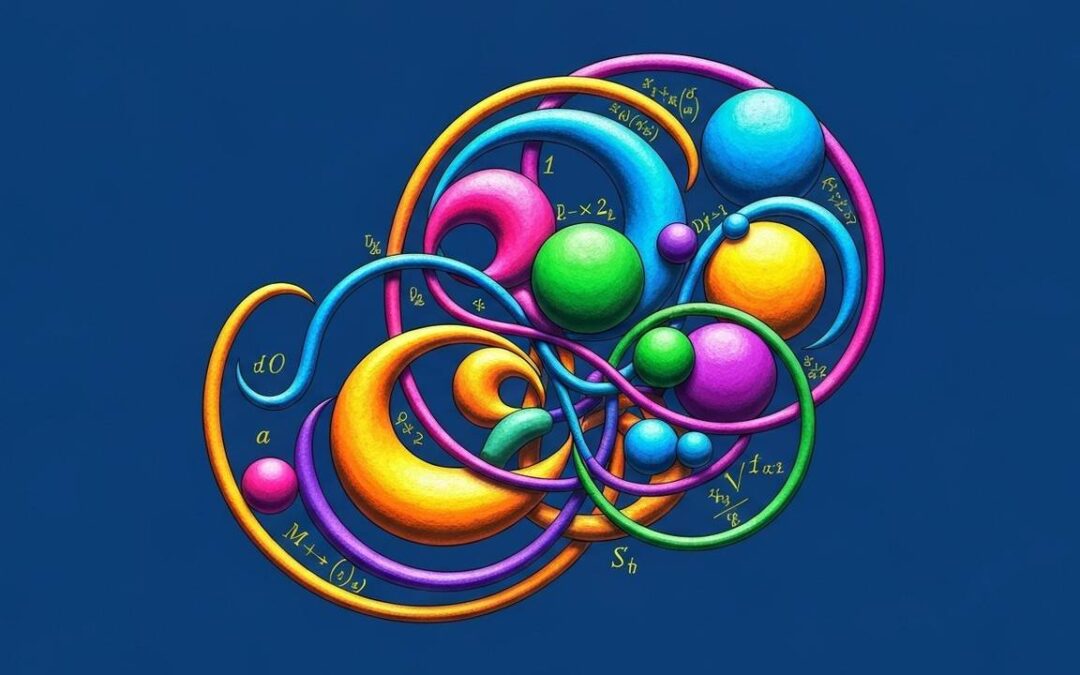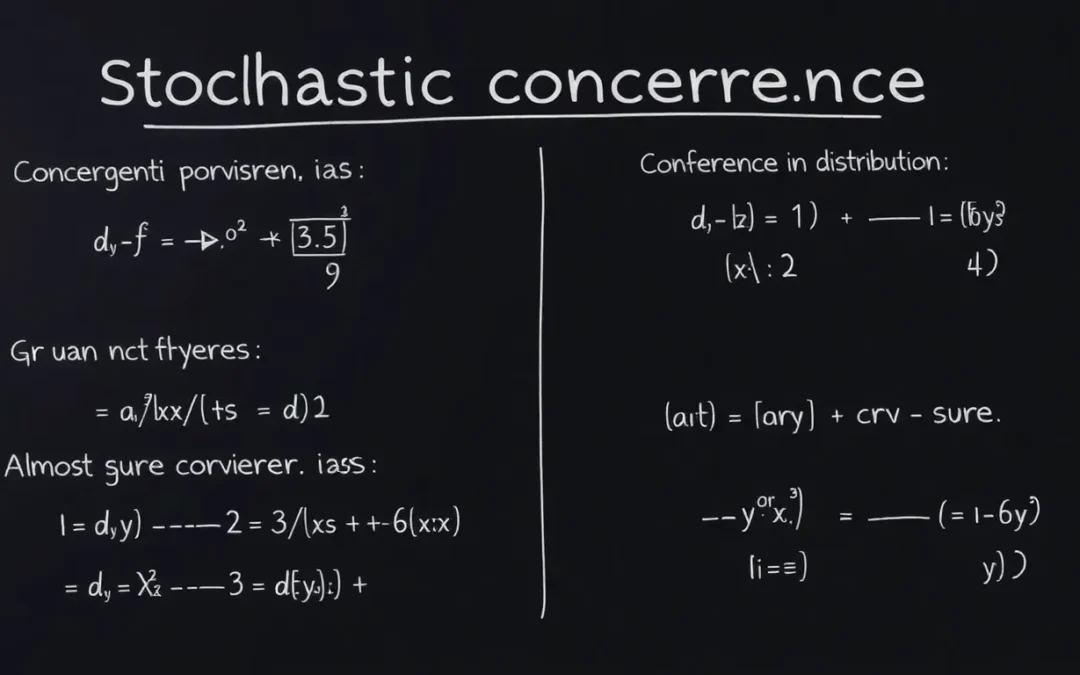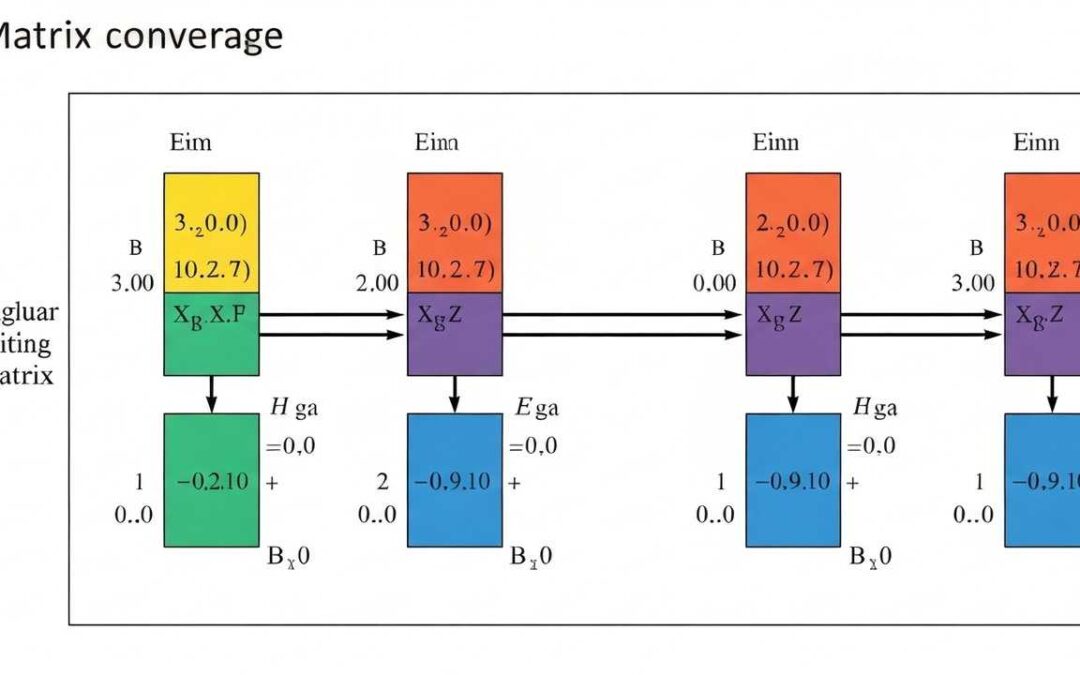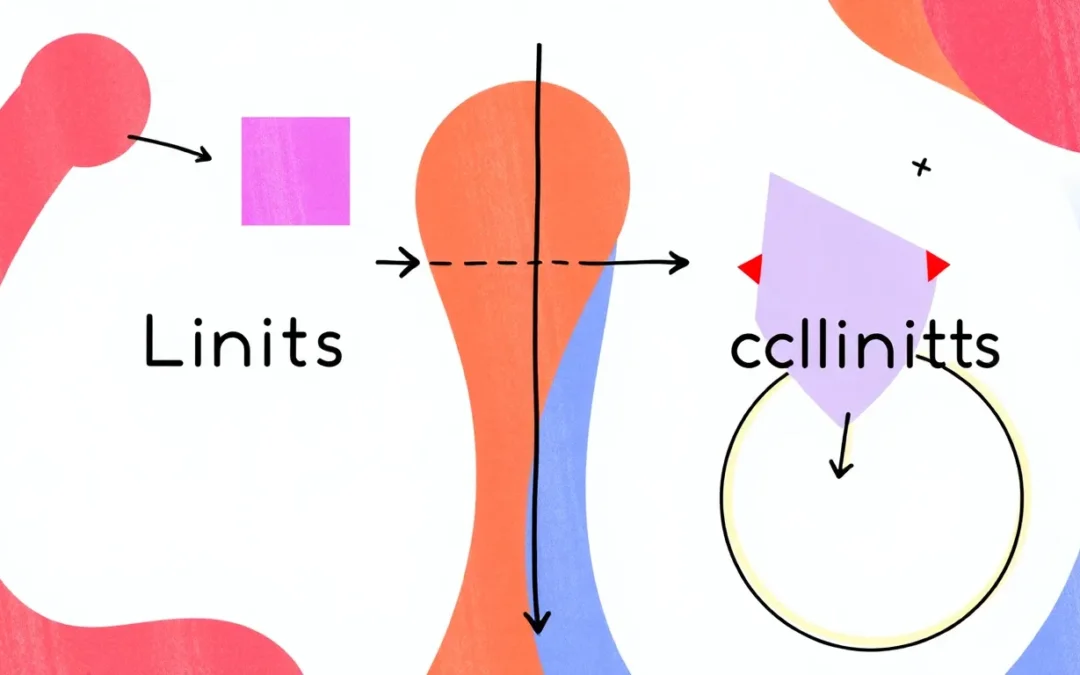In this lecture, we’ll delve into the fascinating world of sequences, exploring their properties, limits, and applications. Sequences are ordered lists of numbers, which can be finite or infinite, and they’re fundamental to calculus and analysis. Understanding sequences helps us grasp the behavior of functions and series, a crucial aspect of mathematics. We’ll examine how to define sequences explicitly using formulas, or recursively, highlighting the key differences between these approaches.
Today, we’ll discuss the concept of limits in sequences, examining how terms behave as the index approaches infinity. We’ll explore the crucial distinction between convergent and divergent sequences, focusing on the conditions for convergence. Moreover, we’ll explore powerful theorems that govern convergence, such as the theorem stating that a bounded monotonic sequence must converge. Understanding these theorems is essential for determining the convergence or divergence of various sequences and series, which, in turn, is crucial for tackling more complex mathematical problems.
Table of Contents
- Defining Sequences
- Understanding Limits of Sequences
- Convergence and Divergence Theorems
- Special Limits in Sequences
- Functions vs. Sequences
- Practical Applications of Sequences
- Examples of Sequences
- Sequences and Limits: Conclusion
- Similar Problems and Solutions
- Mastering Sequences and Limits: A Comprehensive Guide
We also Published
“Sequences and limits are essential building blocks for understanding more advanced mathematical concepts, such as series and differential equations.”
Defining Sequences
A sequence is an ordered list of numbers, which can be finite or infinite. Sequences are fundamental in mathematics, particularly in calculus and analysis. They provide a framework for understanding the behavior of functions and series. Understanding the properties of sequences is crucial for determining the convergence or divergence of series.
Sequences can be defined explicitly by a formula, or recursively. Explicit definitions allow for direct calculation of any term in the sequence, while recursive definitions relate subsequent terms to previous ones. Examples of sequences include arithmetic sequences, geometric sequences, and sequences defined by more complex formulas.
Understanding Limits of Sequences
The concept of a limit is essential in understanding the behavior of sequences. A sequence converges if its terms approach a finite value as the index approaches infinity. If the terms do not approach a finite value, the sequence diverges. This concept is closely related to the idea of continuity in functions.
Analyzing the limit of a sequence involves evaluating the behavior of the terms as the index becomes arbitrarily large. Different techniques, such as L’Hôpital’s rule or squeeze theorem, can be used to evaluate limits, depending on the form of the sequence. Understanding convergence and divergence is crucial for understanding the convergence of series and other related mathematical objects.
Convergence and Divergence Theorems
Several theorems govern the convergence and divergence of sequences. One key theorem states that a bounded monotonic sequence must converge. This theorem provides a powerful tool for determining the convergence of certain types of sequences without explicitly calculating the limit. Understanding these theorems is crucial for proving the convergence or divergence of sequences and series.
Monotonic sequences are those that are either always increasing or always decreasing. Bounded sequences are those that are confined within a finite range. These properties play a significant role in determining the convergence of a sequence. The theorem highlights the interplay between monotonicity and boundedness in ensuring convergence.
Special Limits in Sequences
Certain limits involving special functions or sequences appear frequently in calculus and analysis. For example, the limit of the natural logarithm of n divided by n as n approaches infinity is zero. These limits are often evaluated using techniques like L’Hôpital’s rule, or by manipulating the expression to reveal a simpler form.
Understanding these special limits allows for the evaluation of more complex limits involving sequences and functions. These limits are crucial for understanding the behavior of functions and sequences, and often appear in applications in physics and engineering.
Functions vs. Sequences
A key distinction between functions and sequences lies in their domains. Functions are defined for a continuous range of values, while sequences are defined only for integer indices. This difference has implications for evaluating limits and understanding the behavior of the objects. This understanding is critical for solving problems in various fields, including computer science and engineering.
Sequences are discrete entities, whereas functions are continuous. This fundamental difference affects how limits are evaluated and how convergence is analyzed. This distinction is crucial for understanding the differences between continuous and discrete phenomena in various fields.
Practical Applications of Sequences
Sequences are used in various applications, from modeling population growth to approximating solutions to differential equations. The study of sequences provides a strong foundation for understanding more complex mathematical concepts, such as series and limits. Understanding the behavior of sequences is crucial for many mathematical and scientific applications.
In many scientific and engineering applications, sequences are used to model and analyze phenomena. The ability to understand and manipulate sequences is vital for solving problems in diverse fields, including finance, computer science, and physics. The properties of sequences are essential tools for understanding the behavior of various systems.
Examples of Sequences
Examples of sequences include the Fibonacci sequence, which is defined recursively. Understanding how to identify and analyze different types of sequences is critical for further mathematical explorations. Recognizing patterns in sequences is a key step in solving problems involving sequences.
The Fibonacci sequence is a classic example of a recursive sequence. Understanding the properties of recursive sequences is crucial for understanding their behavior and applications. Recursive sequences are used in various fields to model phenomena that evolve over time.
Sequences and Limits: Conclusion
This discussion has highlighted the importance of sequences and their limits in calculus and related fields. Understanding the different types of sequences, their properties, and the theorems governing their behavior is crucial for further exploration into more complex mathematical concepts. The study of sequences and limits is a cornerstone of many mathematical disciplines.
Sequences and limits are essential building blocks for understanding more advanced mathematical concepts, such as series and differential equations. The ability to analyze and manipulate sequences is a valuable skill in many fields, including computer science, engineering, and physics. This understanding is fundamental for solving problems and modeling phenomena in these areas.
Similar Problems and Solutions
Problem 1
Find the limit of the sequence ##a_n = \frac{n^2}{n+1}## as ##n \to \infty##.
Solution: ## \lim_{n \to \infty} a_n = \infty ##
Problem 2
Find the limit of the sequence ##a_n = \frac{n}{2^n}## as ##n \to \infty##.
Solution: ## \lim_{n \to \infty} a_n = 0 ##
Problem 3
Determine if the sequence ##a_n = (-1)^n## converges or diverges.
Solution: Diverges
Problem 4
Find the limit of the sequence ##a_n = \frac{1}{n}## as ##n \to \infty##.
Solution: ## \lim_{n \to \infty} a_n = 0 ##
Problem 5
Find the limit of the sequence ##a_n = \frac{n!}{n^n}## as ##n \to \infty##.
Solution: ## \lim_{n \to \infty} a_n = 0 ##
| Problem Description | Solution/Analysis |
|---|---|
| Find the limit of the sequence ##an = \frac{n^2}{n+1}## as ##n \to \infty##. | ## \lim_{n \to \infty} a_n = \infty ## |
| Find the limit of the sequence ##an = \frac{n}{2n}## as ##n \to \infty##. | ## \lim_{n \to \infty} a_n = 0 ## |
| Determine if the sequence ##an = (-1)n## converges or diverges. | Diverges |
| Find the limit of the sequence ##an = \frac{1}{n}## as ##n \to \infty##. | ## \lim_{n \to \infty} a_n = 0 ## |
| Find the limit of the sequence ##an = \frac{n!}{nn}## as ##n \to \infty##. | ## \lim_{n \to \infty} a_n = 0 ## |
Mastering Sequences and Limits: A Comprehensive Guide
- Defining Sequences: Sequences are ordered lists of numbers, either finite or infinite. We can define them explicitly using formulas (like ##a_n = n^2##) or recursively (like the Fibonacci sequence). Understanding these different approaches is key to grasping the concept.
- Limits in Sequences: The concept of a limit is crucial. A sequence converges if its terms approach a specific value as the index (n) gets infinitely large. If the terms don’t approach a fixed value, the sequence diverges. This is a fundamental concept in calculus.
- Convergence Theorems: We explored powerful theorems that help us determine convergence. A key example is the theorem stating that a bounded monotonic sequence *must* converge. This theorem is incredibly useful for proving convergence without explicit calculation.
- Monotonic and Bounded Sequences: A monotonic sequence is one that is consistently increasing or decreasing. A bounded sequence is one that stays within a finite range. The convergence theorem connects these two crucial properties. This is a significant takeaway for understanding convergence.
- Special Limits: We looked at special limits that frequently appear in calculus. These limits often involve functions like logarithms or exponentials. Knowing these special limits simplifies more complex calculations.
- Functions vs. Sequences: Crucially, sequences are discrete (defined only at integer values), while functions are continuous. This difference impacts how we analyze limits and convergence. Recognizing this distinction is vital.
- Practical Applications: Sequences have real-world applications in modeling various phenomena, from population growth to approximating solutions to differential equations. Understanding sequences is a cornerstone for tackling more complex mathematical problems.
- Examples and Problems: We examined several examples of sequences, including the Fibonacci sequence and worked through sample problems to solidify the concepts. Practice problems are essential to master these concepts.
We also Published
RESOURCES
- 2.1 Sequences and limits
- 2.2 Limit of a Sequence – Intro To Mathematical Analysis
- The Limit of a Sequence
- Limits of Sequences | Brilliant Math & Science Wiki
- Limit Laws for Sequences
- Operations and limits with sequences
- Sequences, Limits, and Series
- Chapter 2 Limits of Sequences
- Limit of a Sequence | Calculus II
- Limit of a sequence
- Limits – Sequences – Higher Maths Revision – BBC Bitesize








0 Comments